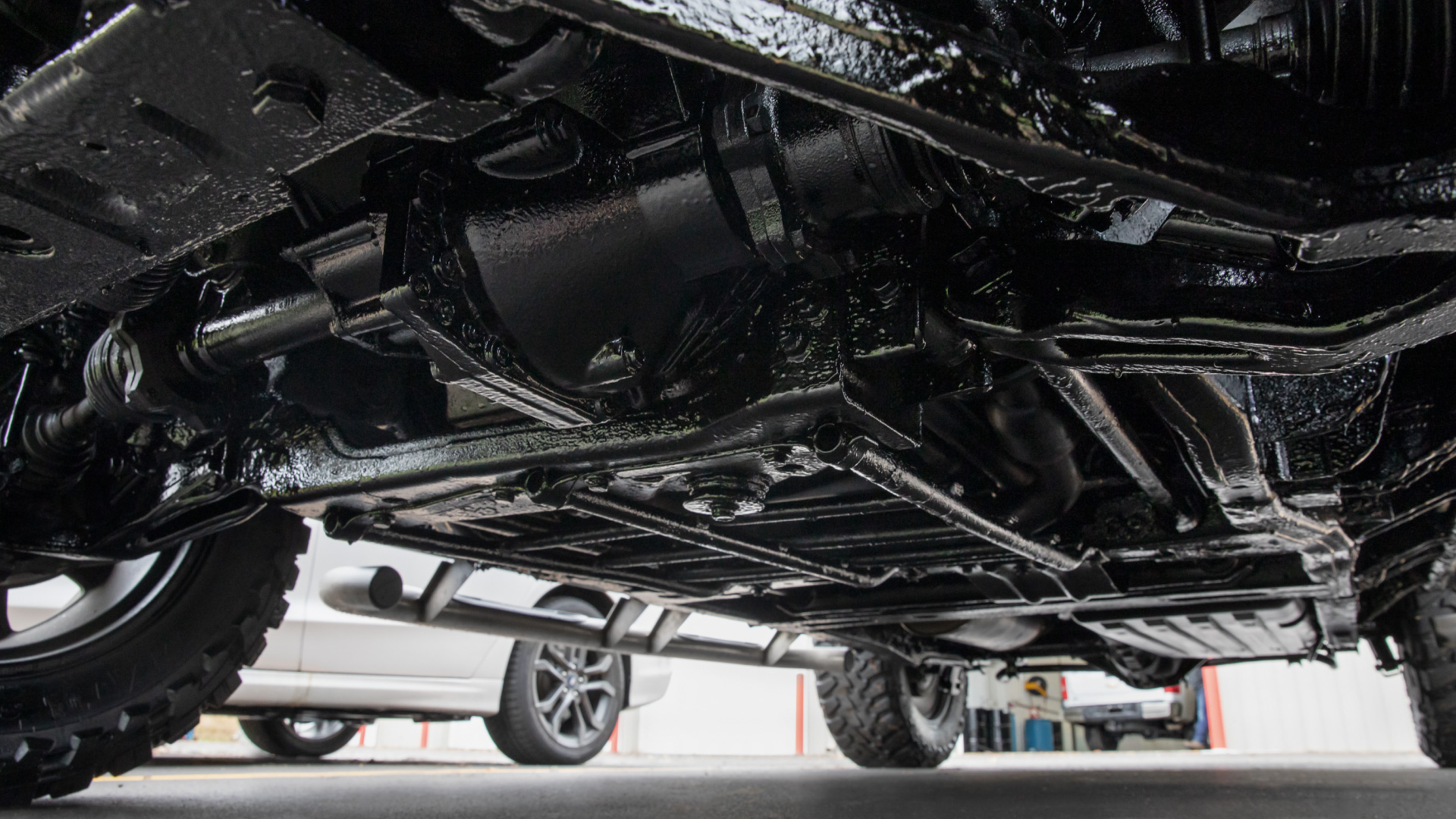
Best Practices for Maintaining Your Car's Undercoat

Maintaining your car's undercoating protects it from rust and corrosion. The undercarriage is constantly exposed to harsh conditions like moisture, dirt, and salt, especially if you live in an area with snowy winters or near the ocean. Regular maintenance of the undercoating is essential to keeping your vehicle in top shape.
This article will share some practical tips for maintaining your car’s undercoating. We'll cover how to inspect it for wear and damage, the importance of cleaning the underbody and when to reapply the undercoat, and some professional maintenance tips to ensure lasting protection. These steps will help keep your car safe from rust and make it look great for years.
Regular Inspections for Wear and Damage
Regularly inspecting your car's undercoating is essential for spotting wear and damage early. Start by visually examining the undercarriage every few months. Look for signs like peeling, cracking, or chipping in the protective layer. If you see any of these signs, the undercoating no longer offers complete protection and needs attention.
Use a flashlight to inspect hard-to-see areas. Pay special attention to spots vulnerable to road debris, like the wheel wells and lower sections of the car. Run your hand along the surface for rough patches that might indicate a problem. These inspections should be more frequent if you live in an area with harsh winters or near salty ocean air.
Early detection is crucial in preventing severe damage. A quick check can help you identify issues before they become big problems. By keeping an eye on the condition of your undercoating, you can ensure that it continues to protect your car from rust and corrosion effectively.
Cleaning the Underbody to Prevent Build-Up
If you are using your vehicle for offroad purposes. Then keeping your car or suv's underbody clean is another crucial step in maintaining its undercoating. Even after your vehicle has been treated with high viscosity oil undercoating.
Mud and dirt can accumulate in some of the boxed structure for your vehicle's undercarriage. This heavy buildup needs to be cleaned out to ensure the oil undercoating can continue to block out the moisture and oxygen from getting to the metal for your vehicles undercarriage. Dirt, grime, and salt can accumulate and wear down the protective layer over time. This wear is accelerated when driving through mud bogs and other severe situations like this.
When you have to pressure wash your undercarriage you are shortening the life of the undercoating by beating down the oil to remove the caked-on debris from using it in for extreme environments.
For those without access to a pressure washer, a hose with a high-pressure nozzle and a long-handled brush can do the job. The underbody should be cleaned as needed. This is just the opposite of what you have been always told. With oil undercoating you want the high viscosity oil to stay as thick as possible and attract the normal dust. The dust will congeal with the oil to build up a layer that is more abrasion resistant to high pressure water, snow and slush while driving.
Regular Inspections for Wear and Damage
This section is primarily for traditional rubberized, wax or paint type undercoating.
Regular inspections are crucial for identifying wear and damage to your car's undercoating. These inspections should be a routine part of your car maintenance schedule. Checking under your vehicle at least twice a year can help you spot issues early and prevent costly damage down the road.
If your vehicle has traditional encapsulating paint or wax type undercoating products. During an inspection, look for signs of peeling, cracking, and chipping in the undercoating. Pay special attention to areas near the wheels and the lower parts of the car, as these spots are more exposed to road debris. Utilize a flashlight to get a clearer view, and don’t forget to check the hard-to-reach areas. actually, crawl under your vehicle and do a thorough inspection of your frame, body and suspension. Look for rust to start on any hard edge where the coating is the thinnest.
In addition to visual inspections, feel the surface with your hand. If you notice any rough patches or areas that feel thin, these are indicators that the undercoating might be wearing out. Regular inspections allow you to address these issues early and protect your car from rust and corrosion.
Conclusion
Maintaining your car’s undercoating is critical to protecting it from rust, corrosion, and the harsh elements of everyday driving. Regular inspections and proper cleaning can extend the life of your undercoating and keep your car in excellent condition. These simple steps help you catch problems early and ensure an adequate protective layer.
For lasting protection, consider reapplying the undercoating as needed. Following proper steps and using high-quality products ensures the best results. It might seem like extra work, but keeping up with your car's undercoating maintenance saves money and trouble in the long run.
If you want professional help, Rustless Rides™ offers expert undercoating services to keep your vehicle in top condition. Our skilled technicians use the best techniques and products to provide long-lasting protection. Schedule a service with Rustless Rides™ today to ensure your car stays rust-free and looks excellent.